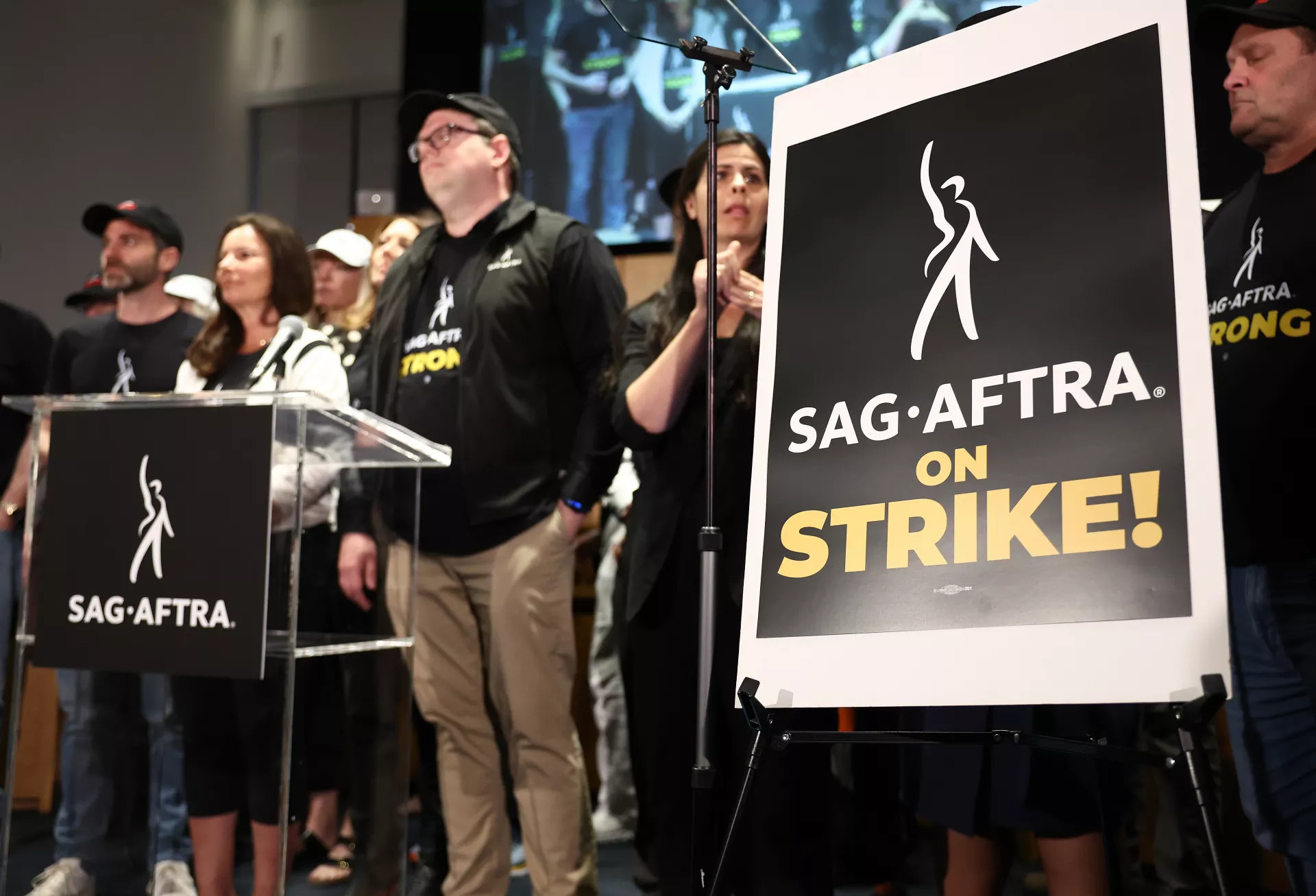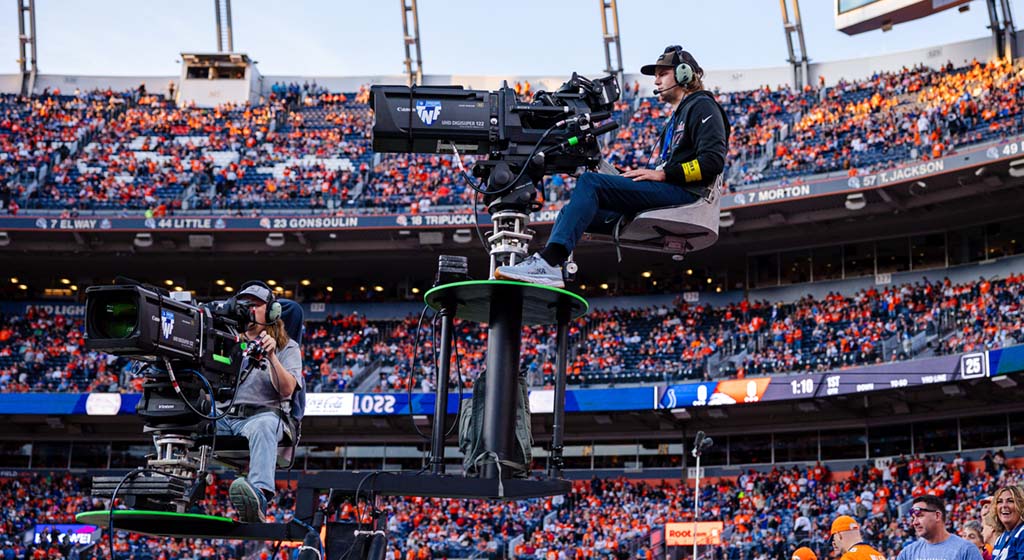Ad Study Quantifies Potential Peril of Lengthy Strike
A new study by MediaRadar suggests that the strike will reduce key revenue streams for broadcasters that were growing in the first half of 2023 before the strike

NEW YORK—As Hollywood struggles with its first major actors and writers' strike since the 1960s, a new analysis by MediaRadar quantifies some of the advertising trends that the strike could impact. The study noted that some genres like soap operas and sitcoms that saw growth before the strike are particularly vulnerable.
“TV broadcasters could be hit hard if this strike continues for many more months,” said Todd Krizelman, CEO, MediaRadar. “Lucrative late night talk shows specifically have been off the air already for a couple months. Soon, fall programming, including talk shows, soap operas, and primetime sitcoms should air. However, that is likely to be delayed since they rely on writers throughout the summer for scripts.”
The study found that TV advertising in the first half of 2023 amounted to over $26 billion, representing contributions from more than 8,500 brands. MediaRadar's research reveals that talk shows, soap operas, and sitcoms accounted for 9%—or $2.36 billion—of TV ad expenditure in the first half (H1) of 2023. This figure is already a 5% decrease compared to H1 of the previous year.
Advertising slots are typically booked 1-3 months ahead, sometimes even earlier. Coupled with many programs being on summer break at the moment, the full effects of the ongoing strike are yet to be discerned, the researchers stressed.
But the potential loss is considerable. The strike could significantly impact broadcasters. MediaRadar's data suggests that the key ad revenue streams of broadcasters—namely TV sitcoms and soap operas that have demonstrated year-over-year advertising growth from H1 2022 to H1 2023—face a potential financial setback due to the absence of new programming.
Ad revenue for TV soap operas climbed from $101.5 million in H1 2022 to $118.6 million in H1 2023, indicating a 17% year-over-year increase. TV sitcoms also saw an increase, moving up from $1.9 billion in H1 2022 to $2.2 billion in H1 2023, marking a 16% rise year-over-year.
Conversely, TV talk shows experienced a minor decline in ad spend by 1%—from $478.2 million in H1 2022 to $474.9 million in H1 2023.
Get the TV Tech Newsletter
The professional video industry's #1 source for news, trends and product and tech information. Sign up below.
Primetime TV programming witnessed a more substantial drop of 15% from $13.1 billion in H1 2022 to $11.2 billion in H1 2023. Despite these reductions, both remain crucial sources of revenue for broadcasters and are sectors that will endure the financial implications of the strike.
For the study, MediaRadar analyzed a sampling of film ad spend from national TV broadcasts, national print publications and newspapers from top DMA’s, as well as online channels like websites, OTT channels, podcasts, social platforms, and YouTube. Data is from January to June 2023.
More information is available at https://mediaradar.com/.
George Winslow is the senior content producer for TV Tech. He has written about the television, media and technology industries for nearly 30 years for such publications as Broadcasting & Cable, Multichannel News and TV Tech. Over the years, he has edited a number of magazines, including Multichannel News International and World Screen, and moderated panels at such major industry events as NAB and MIP TV. He has published two books and dozens of encyclopedia articles on such subjects as the media, New York City history and economics.

